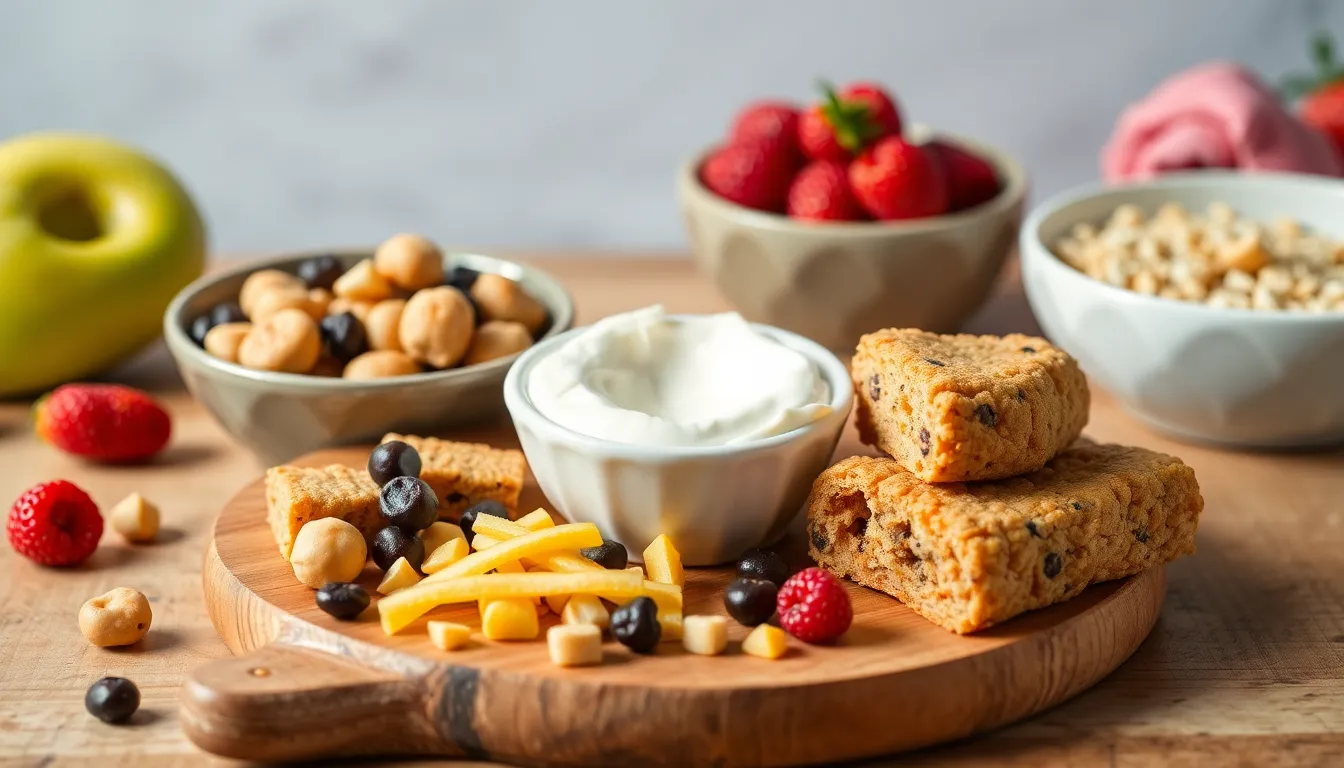How to Make Your Own Butter at Home
There’s something undeniably magical about making butter at home. The joy of transforming simple ingredients into a luscious, creamy spread brings a sense of accomplishment and delight. Homemade butter not only tastes better than store-bought options, but it also allows you to control the ingredients, ensuring freshness and flavor while also reaping health benefits.
In this article, we will explore the simple process of making your own butter at home, from gathering ingredients to storing your delicious creation. So, roll up your sleeves, and let’s get started!
Ingredients Needed
Before diving into the butter-making process, let’s gather the essential ingredients.
- Heavy Cream: The star of the show! Choose high-fat heavy cream to achieve that rich, decadent butter.
- Salt (optional): A pinch of salt can enhance the flavor of your butter, though it’s completely optional.
- Additional Flavorings (optional): Customize your butter with herbs, garlic, or spices to create unique flavors.
Ingredients Table
| Ingredient | Quantity | Description |
|---|---|---|
| Heavy Cream | 2 cups | High-fat cream for rich butter |
| Salt | 1/2 tsp (optional) | Enhances flavor |
| Flavorings | As desired | Herbs, garlic, or spices to personalize |
Equipment Needed
To make your butter, you will need the following equipment:
- Mixer or Food Processor: To whip the cream effectively.
- Bowl: For holding the cream and later the butter.
- Cheesecloth or Fine Mesh Strainer: To separate the buttermilk from the butter.
- Spatula: For mixing and transferring the butter.
- Storage Container: To keep your butter fresh after making it.
Step-by-Step Guide
Step 1: Prepare Your Ingredients
Choosing the right heavy cream is crucial for making butter. Look for cream that is labeled as heavy or whipping cream with a fat content of at least 36%. It’s also essential to let your cream come to room temperature for better whipping.
Step 2: Whip the Cream
In a mixer or food processor, pour in your room-temperature heavy cream.
- Start mixing on a low speed to prevent splattering.
- Gradually increase the speed until the cream thickens to soft peaks.
- Be cautious not to over-whip, as this can lead to a grainy texture.
Step 3: Watch for Separation
Continue whipping the cream, and watch for the signs of separation:
- The cream will first turn into whipped cream.
- Shortly afterward, you will notice that the whipped cream begins to separate into butter and buttermilk.
This is a crucial stage; keep whipping until the butter clumps together and buttermilk separates out.
Step 4: Drain the Buttermilk
Once you see the butter clumping, it’s time to strain the mixture:
- Line a bowl with cheesecloth or use a fine mesh strainer.
- Pour the butter and buttermilk mixture into the strainer to separate the buttermilk.
Don’t throw away the buttermilk! It can be used in pancakes, muffins, and other delightful recipes.
Step 5: Rinse the Butter
To ensure your butter has a longer shelf life, rinse it:
- Place the butter in a bowl and rinse it under cold water, kneading it gently to remove the remaining buttermilk.
- Repeat until the water runs clear.
This step is vital, as residual buttermilk can lead to spoilage.
Step 6: Add Flavorings
Now, it’s time to get creative! You can customize your butter with various flavorings:
- Garlic Herb Butter: Mix in minced garlic and fresh herbs like parsley, chives, or thyme.
- Spicy Butter: Add chili flakes or smoked paprika for a kick.
- Citrus Butter: Incorporate lemon or orange zest for a refreshing twist.
Combine your chosen flavorings evenly into the butter using a spatula.
Step 7: Store Your Butter
Your homemade butter deserves proper storage:
- Transfer the butter into an airtight container.
- For longer shelf life, consider wrapping it in parchment paper and then placing it in a plastic wrap.
- Store it in the refrigerator for up to two weeks or in the freezer for up to six months.
Recipes Using Homemade Butter
Now that you have your delicious homemade butter, here are a few simple recipes to try:
- Garlic Herb Butter: Perfect for spreading on bread or using on pasta. Mix 1 cup of butter with 2-3 cloves of minced garlic and 2 tablespoons of chopped herbs.
- Compound Butter for Grilling: Blend 1 cup of butter with spices like smoked paprika, cumin, and a splash of lime juice. Use it to baste meats or veggies on the grill.
- Butter Spread Recipes: Mix in honey for a sweet spread, or add cinnamon and sugar for a delightful breakfast topping!
Conclusion
Making butter at home is not only simple but incredibly rewarding. The freshness and flavor of homemade butter are unmatched, and you can personalize it to your taste preferences. We encourage you to try making your own butter, and once you do, you’ll wonder why you ever bought it from the store!
We’d love to hear about your experiences making butter at home! Share your thoughts and variations in the comments below.
Call to Action
If you have any questions or want to share your own butter-making experiences, please leave a comment! Don’t forget to subscribe for more homemade recipes and cooking tips straight to your inbox.
Additional Resources




